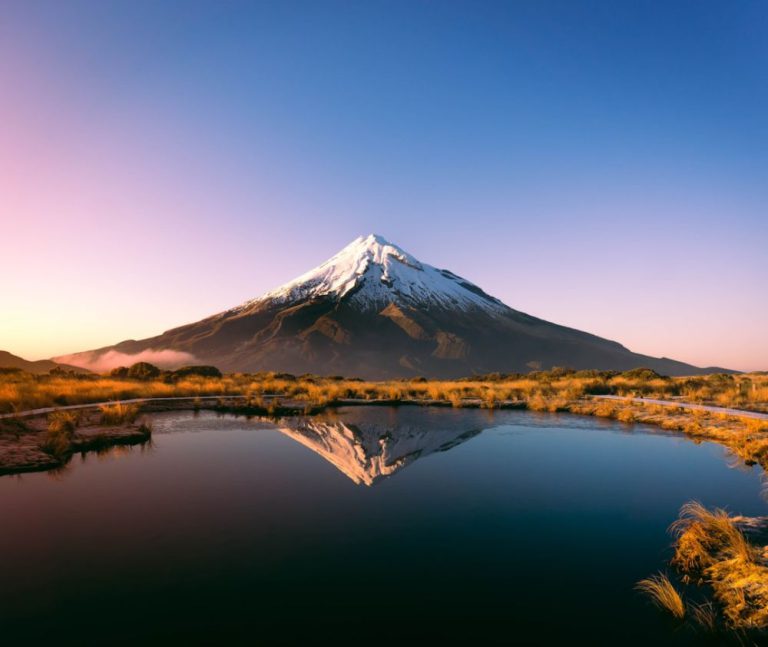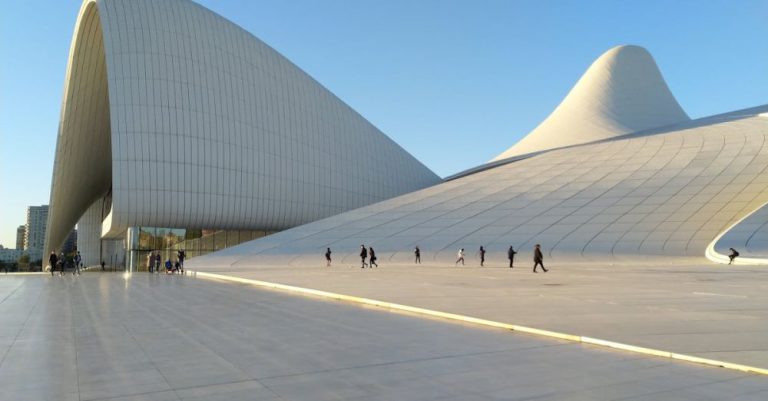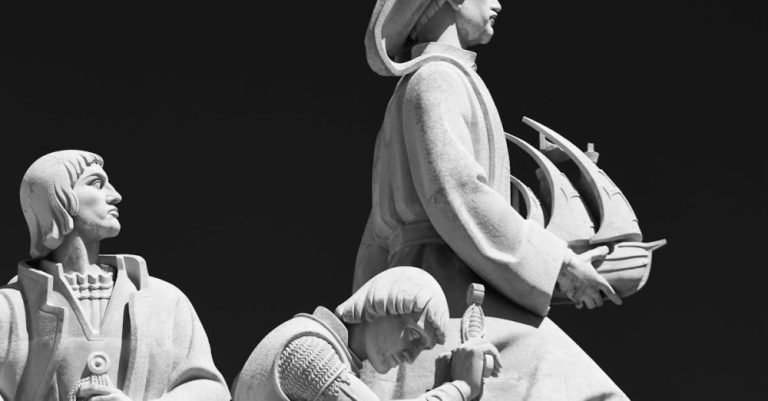
Experiencing a Maori welcome ceremony is a profound and culturally enriching way to connect with the indigenous people of New Zealand. These traditional ceremonies, known as powhiri, are deeply rooted in Maori customs and beliefs, and offer visitors a unique opportunity to engage with the rich heritage of the Maori people. Participating in a powhiri requires a respectful attitude and an understanding of the customs involved. Here is a guide on how to participate in a Maori welcome ceremony.
Understanding the Significance of a Powhiri
Before participating in a Maori welcome ceremony, it is essential to understand the significance of the event. Powhiri is a traditional Maori ritual that serves as a way to welcome visitors onto ancestral land. It is a sacred and formal process that involves a series of protocols to show respect to both the visitors and the hosts. The ceremony typically begins with a challenge, or wero, to determine the intentions of the visitors and ensure they come in peace. This is followed by a karanga, or ceremonial call, to welcome the visitors onto the marae, or meeting grounds. The powhiri concludes with speeches, songs, and the sharing of food, symbolizing the building of relationships and connections.
Dress Appropriately
When attending a powhiri, it is important to dress appropriately out of respect for the customs and traditions of the Maori people. Visitors are usually expected to wear modest and respectful attire, such as smart casual clothing. Avoid wearing hats or sunglasses during the ceremony, as these items may be seen as disrespectful. If you are unsure about what to wear, it is always best to ask your hosts for guidance beforehand.
Follow the Protocols
During a powhiri, there are specific protocols and customs that must be followed to show respect and understanding of Maori culture. It is important to listen carefully to the instructions given by the hosts and follow their lead throughout the ceremony. For example, when entering the marae, visitors are expected to walk slowly and quietly, following the guidance of the kaikaranga, or female caller. It is also customary to wait to be seated and to refrain from eating or drinking until after the formal speeches and rituals have concluded.
Participate with Respect and Openness
Participating in a powhiri is a unique and humbling experience that requires visitors to approach the ceremony with respect and openness. Be prepared to engage with the hosts through speeches, songs, and other traditional customs. It is important to show appreciation for the cultural significance of the event and to be open to learning about Maori traditions and beliefs. Remember to greet your hosts with a hongi, a traditional Maori greeting where noses are pressed together, symbolizing the sharing of the breath of life.
Reflecting on the Experience
After participating in a Maori welcome ceremony, take some time to reflect on your experience and the connections you have made with the Maori culture. Consider the significance of the rituals and customs you witnessed and how they reflect the values and beliefs of the Maori people. Think about the relationships you have built with your hosts and how you can continue to honor and respect their culture in the future.
Embracing Cultural Exchange
Participating in a Maori welcome ceremony is not just about following a set of customs and protocols; it is about engaging in a meaningful cultural exchange that fosters understanding and appreciation for the traditions of the Maori people. By approaching the ceremony with respect, openness, and a willingness to learn, visitors can forge connections with the indigenous culture of New Zealand and gain a deeper insight into the values and beliefs of the Maori community.
In conclusion, participating in a Maori welcome ceremony is a profound and enlightening experience that offers visitors a unique opportunity to engage with the rich heritage of the Maori people. By understanding the significance of the powhiri, dressing appropriately, following the protocols, and participating with respect and openness, visitors can build meaningful connections with the Maori culture and embrace the spirit of cultural exchange. Remember to reflect on your experience and continue to honor and respect the traditions of the Maori people in the future.





